The present volume 'Early Classical Art of South Asia' is edited by Prof. M.C. Joshi and Dr. D.P. Sharma. The period of Gupta dynasty begins around 319 A.D. ends up to 578 A.D. The art Gupta periods has often been referred to us classical art of early South Asia. The art of Gupta period was characterized by a sensitivity modeled body from a severity of expansion and dominant spiritual purpose.
During Gupta Age there was all-round development particularly in fine arts-literature both religious and non religious, sculpture, painting, music, dance, drama, ‘Kalidasa's literary metaphors, lyrics and norms of beauty are found translated in art as much as the softness and suppleness of limbs of sculpture are found translated in painting.
The three stages of Gupta arts like kaushambai, Mathura and Sarnath represent three variations in refinement. Kaushambi represents transitional stage (319-375 AD) of Kusana-Gupta art, Mathura style is the early phase of Gupta Art and Sarnath style shows more developmental stage of later part of Gupta Art. The book covers art of Gupta Age (319-578 A.D.) Prof. M.C. Joshi wrote introduction and contributes six papers in this volume. This book contains 39 papers of eminent art historians and archeologists. The important papers are of Prof. G.C. Pande, R.C. Sharma, D.P. Sharma, Madhuri Sharma, A.P. Jamkhekar, Prof. Krishna Deva., Prof. R. Balasubramanian, J.P. Joshi, B.C. Shukla, A.K. Sharma, V.S. Agarwal, U.N. Rai. The Editors is of the opinion that Mathura Art represents earlier stage and Sarnath Art is the developed stage of Gupta Art. The Editors concluded that Vakataka metal images have their origin in late Amaravati School. Buddhist metal images of Ceylon as have their origin in late Amaravati School.
ABOUT THE AUTHOR D P Sharma
Dr D.P. Sharma did his M.A. in Ancient History, Culture and Archaeology from Allahabad University. He continued his field work and participated in various excavations at Pangoraria, Mansar, Naramada valley, Bhimbetka Chopani-Mando, Mehgara, Koldihwa, Mahadaha, Sringavepur and Bhardwaj Ashram. Besides this, he did extensive exploration in districts of fatehpur, Pratap Garh, Allahabad of U.P. and Buddhani area of Madhya Pradesh. Another significant contribution of Author is discovery of Menander-I (Posthumous) Brahmi inscription from reh. During 1983-84, he was awarded Commonwealth scholarship and he meritiously qualified M.A. (Archeology) with specialization on Palaeolithic-Mesolithic of world, from Institute of Archaeology, University of London. He participated in the excavation of Suxxes (U.K.) and Pincenvent (France). He has completed D.Phil. research in Allahabad University. In 1985, he joined as Dy. Keeper at National Museum, New Delhi. In 1993, he was promoted as Keeper in National Museum. At present he is Associate Professor in National Museum Institute and Head of Collection, Harappan and pre-history, national Museum, New Delhi. He has 20 books and 175 research papers in his credit.
ABOUT THE AUTHOR M.C. Joshi
Dr. M.C. Joshi (b. Tanakpur, 1944) is the brother of the famous Buddhist scholar, the late Professor L.M. Joshi. He was educated at Gorakhpur and after obtaining his Master’s Degree with a ‘first class first’ in ancient History, Culture and Archaeology in 1966 he joined his alma mater as a Lecturer. Later on he shifted to the University of Rajasthan, Jaipur, and in 1970 to the Department of History, University of Jodhpur, Jodhpur, which he is still serving, and from where he earned his Ph.D. degree under the supervision of Professor S.R. Goyal, the present work being substantially his Doctoral thesis. Apart from polity and political history Dr. Joshi is deeply interested in the history of religion and art. He has written about a dozen research papers, some of which have been widely acclaimed by Indologists.

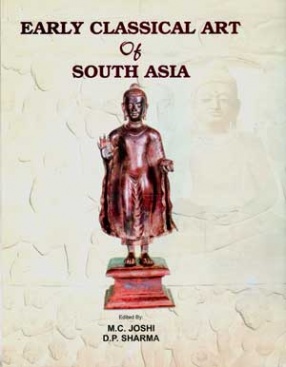
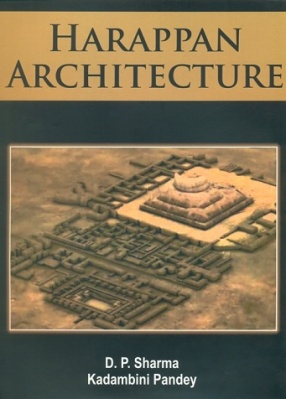
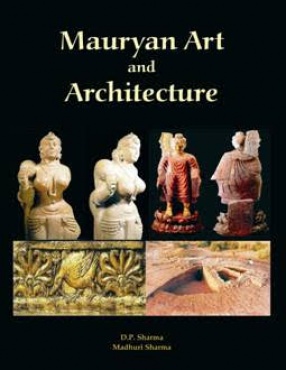
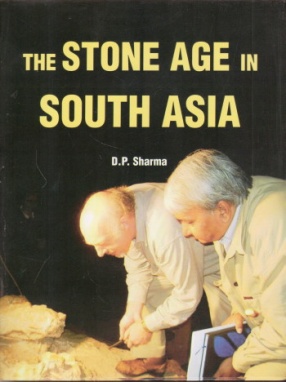
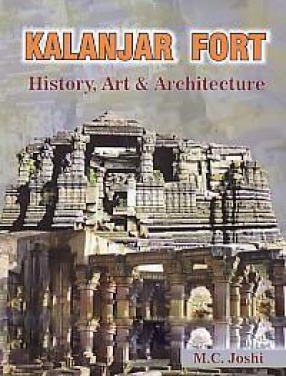
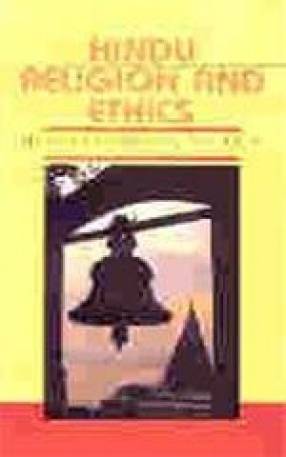

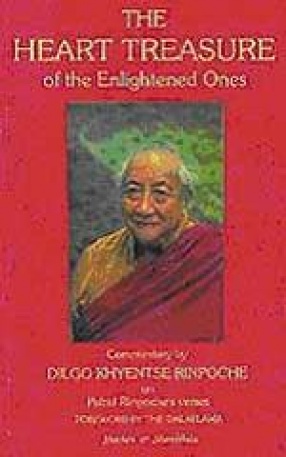
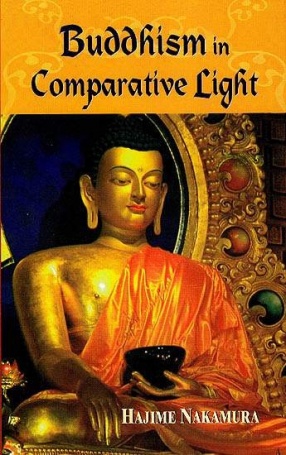
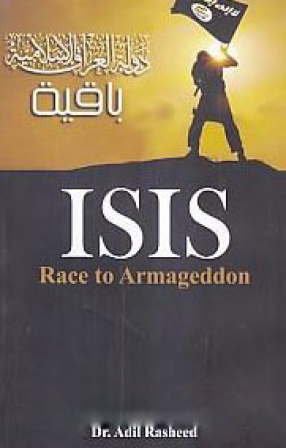
There are no reviews yet.